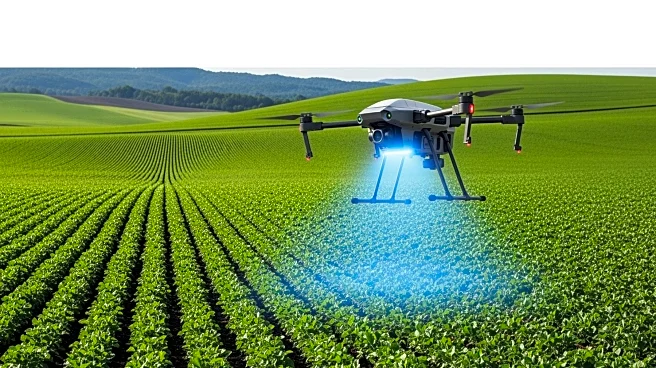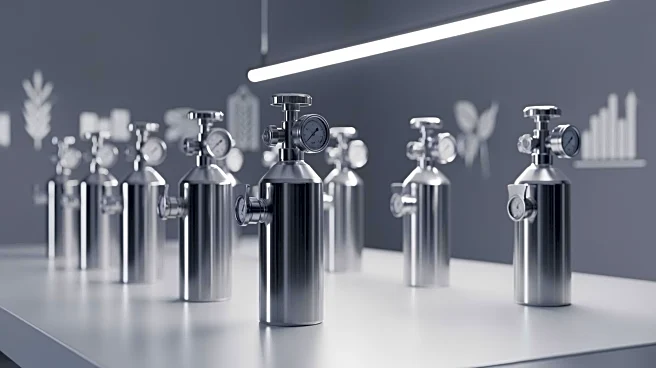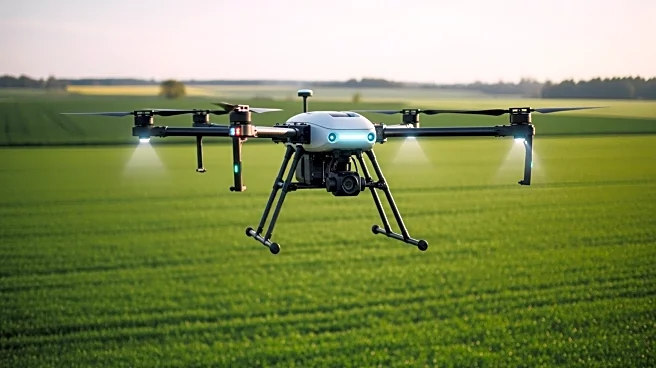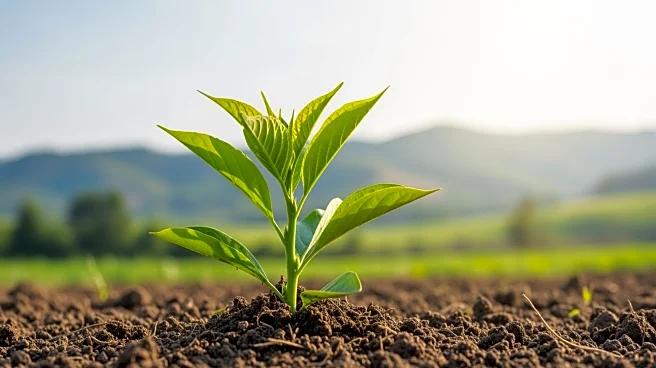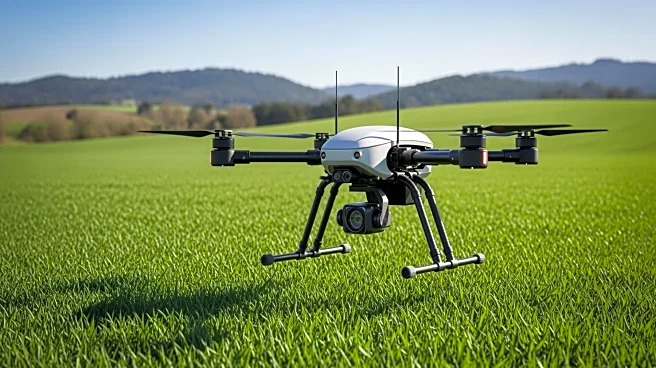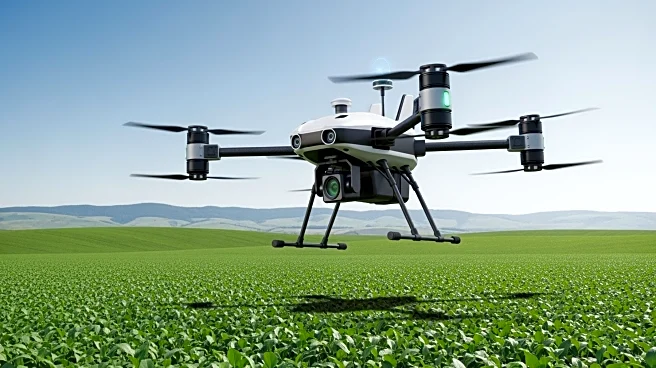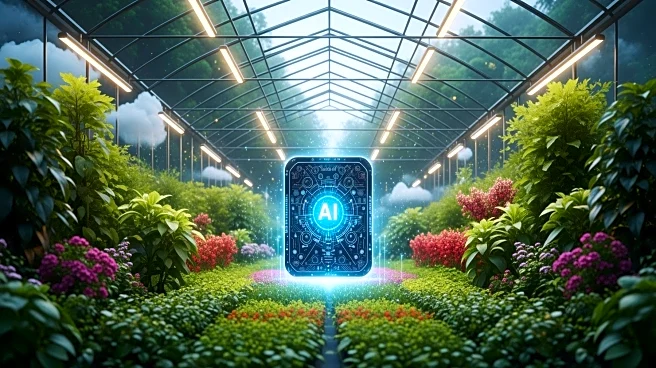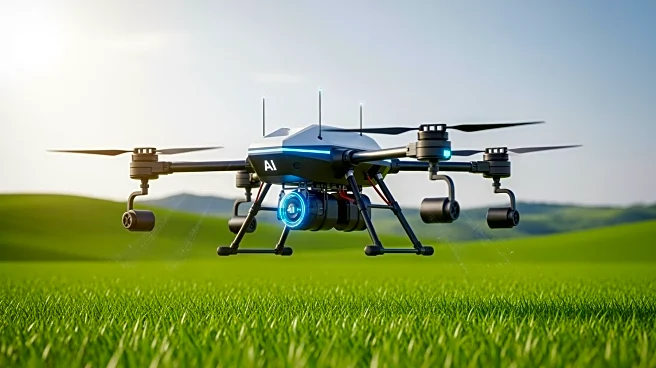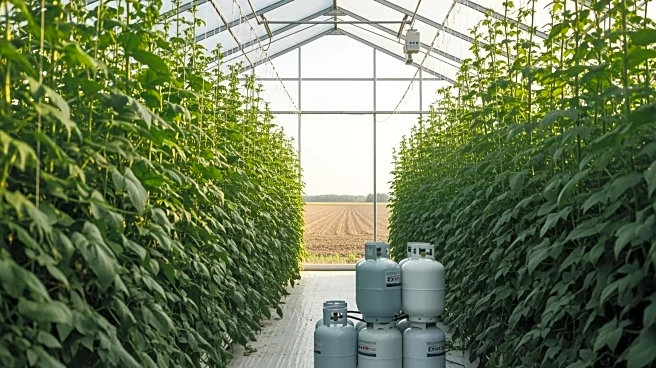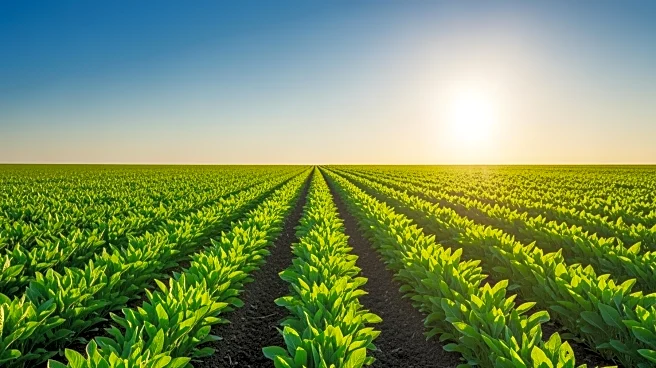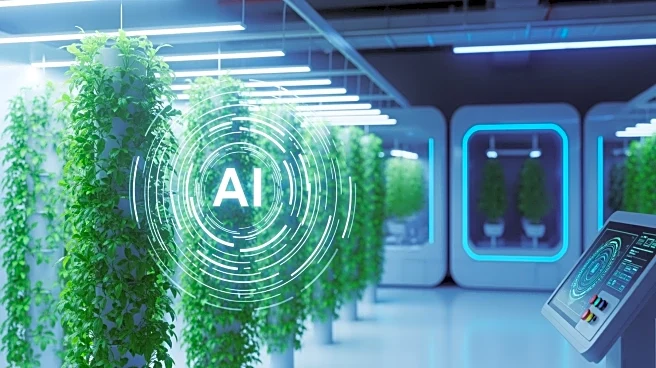What's Happening?
Farmers worldwide are facing increasing pressure to produce more food with fewer resources due to political and social demands. Advances in crop protection technologies are being developed to address these
challenges. These technologies aim to manage pests, diseases, and weeds more effectively, which are significant threats to crop yields. Harald Kramer, a specialist adviser for plant protection application technology, highlights the integration of diverse measures to make crop protection more precise and effective. Technologies such as spot spraying, improved forecasting models, and advanced sensors are being utilized to enhance the efficiency and safety of crop protection applications. These innovations also aim to reduce environmental impacts and the need for certain chemical products.
Why It's Important?
The development of advanced crop protection technologies is crucial for sustainable agriculture. As farmers are expected to produce more with limited resources, these technologies can help optimize yields while minimizing environmental harm. The integration of artificial intelligence and improved application technologies can lead to more precise and cost-effective farming practices. This is significant for the agricultural sector, which is under pressure to meet the food demands of a growing global population. The adoption of these technologies can also reduce the reliance on chemical products, addressing environmental and health concerns associated with traditional farming methods.
What's Next?
The upcoming Agritechnica exhibition in Germany will showcase the latest advancements in crop protection technologies. Farmers and industry stakeholders will have the opportunity to explore new solutions and innovations in this field. The exhibition is expected to highlight autonomous technologies for mechanical weed control and other advancements that could revolutionize farming practices. As these technologies continue to develop, farmers may increasingly adopt them to improve efficiency and sustainability in agriculture.
Beyond the Headlines
The shift towards more sustainable crop protection technologies reflects broader trends in agriculture towards environmental responsibility and resource efficiency. The development of non-chemical solutions, such as smart hoes and lasers, indicates a move away from traditional chemical-based methods. This transition could have long-term implications for the agricultural industry, including changes in regulatory frameworks and market dynamics. The focus on reducing water usage and protecting pollinators also aligns with global efforts to address environmental challenges and promote biodiversity.
